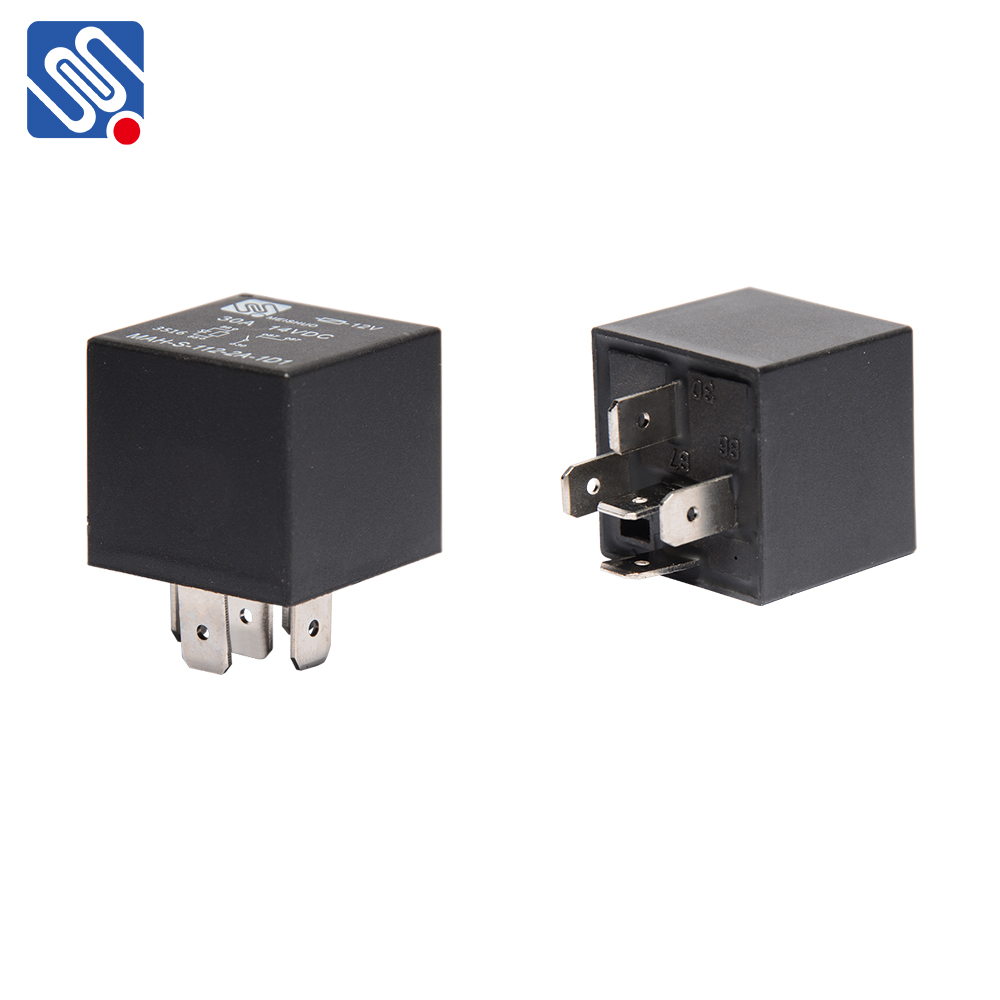Automotive relays are an integral part of modern vehicle electrical systems, serving a crucial role in controlling various high-current circuits while being activated by low-current signals. These small, but powerful devices ensure that electrical systems within a vehicle operate safely and efficiently. In this article, we will explore the function, types, applications, and significance of automotive relays, shedding light on why they are essential for today’s automobiles.

What is an Automotive Relay? An automotive relay is an electromagnetic switch that uses a low current signal to control the operation of a higher current circuit. Typically, it consists of a coil, contacts (or terminals), and a spring. The basic function of the relay is to open and close a set of contacts based on the energizing of the electromagnetic coil. When the coil is energized by a small voltage, it generates a magnetic field that attracts a metal armature, causing the contacts to either open or close, depending on the relay type. The main advantage of automotive relays is that they allow low-power devices (like the vehicle’s control modules) to manage high-power circuits (such as the starter motor or headlights) without the need for direct electrical contact. This provides an efficient and safe way to manage power in complex vehicle systems.